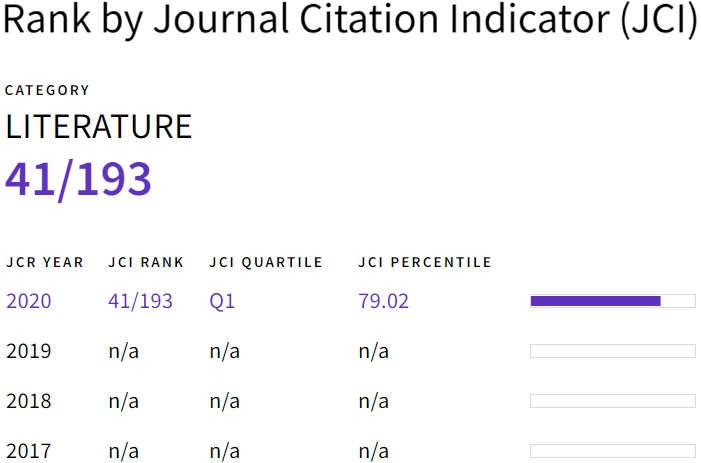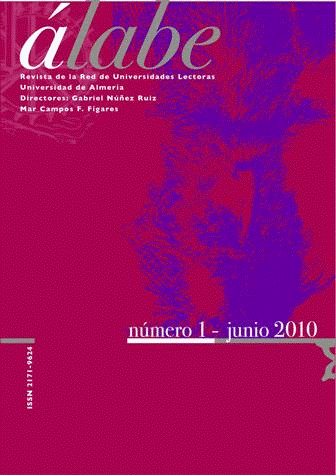La melancolÃa en Amistad funesta de José MartÃ
Resumen
 Resumen en español del artÃculo
Â
     Existe una multitud de formas de acercarnos a la obra literaria de José MartÃ. En esta ocasión, se va mostrar de qué forma está impregnado el concepto de melancolÃa en su novela Amistad funesta. El análisis trata de ofrecer una nueva mirada sobre este texto gracias a la aplicación de las herramientas de la literatura comparada. LucÃa Jerez se va a casar con su primo John, pero aparece Sol, una joven muy hermosa que hace estallar el conflicto entre los protagonistas. Tras el análisis de la historia de la melancolÃa en la literatura de Occidente, se comprueba cómo este concepto se mantiene arraigado en el Modernismo y, más concretamente, en esta obra de José MartÃ.
Â
English abstract of article
Â
     There are many ways to analyze the work of José MartÃ. In this article it will be observed from the point of view of black bile, also named "melancholy". The novel exudes passion on every page. This text is full of sadness, love and tragedy. LucÃa Jerez will marry his cousin John, but appears Sol, a beautiful young woman, while Ana is located at the gates of death. This paper intends to speak of loving black bile as a disease, but also as the beginning of the poetic inspiration. Firstly, we talk about the melancholy, and secondly, we analyze the origin and historical tracking of amorous melancholy in literature until the Modernism and particularly this work of Martà (Amistad Funesta). We try to point out the importance of the black bile as poetic energy and how the concept changes when passing through different historical moments.
Â
Â
Â
Â
Palabras clave
Texto completo:
PDFDOI: http://dx.doi.org/10.15645/labe2017.15.3


































